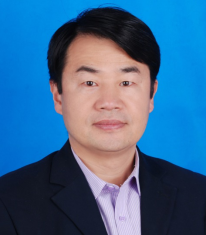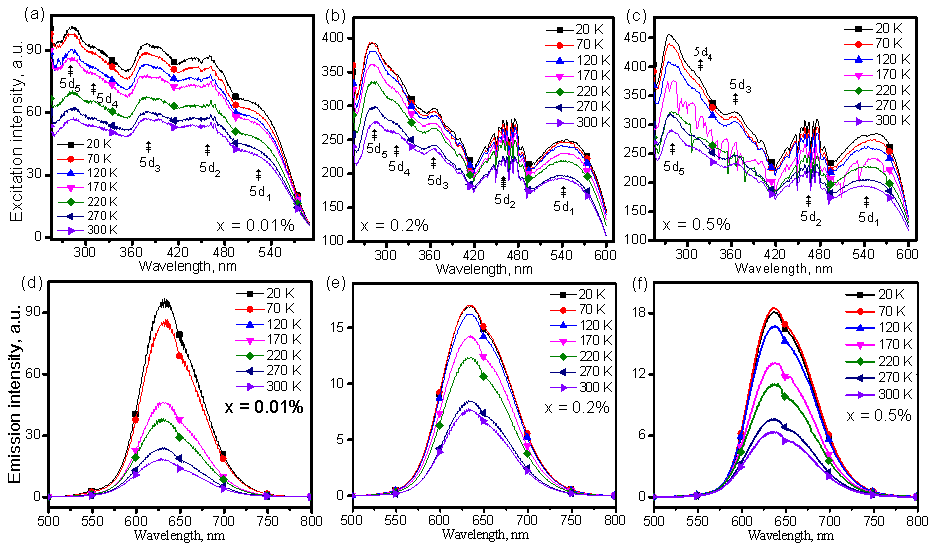| Biography | |
|---|---|
 Prof. Lei Chen Hefei University of Technology, China |
|
| Title: An optical approach to identifying the hyperfine structures of solid-state compounds and their deeply hidden unknown properties and mechanisms | |
| Abstract: Crystal structures are fundamental to understand materials properties. In some cases, nevertheless, locally hyperfine structures play a key role in determining the crucial properties of a material. Although there have been a lot of approaches to examining the structures of solid-state compounds, including but not limit to the diffraction of X-ray, electron and neutron for determining the long-range average structure and the nuclear magnetic resonance (NMR), Fourier transform infrared (FT-IR) and extended X-ray absorption fine structure (EXAFS) for examining short-range local structures, that is still a big challenge for us to uncover some unknown properties and mechanisms by identifying their hyperfine structures. By combining with our long-term studies on fluorescent materials, herein we illustrate a facile optical tool with powerful ability on identifying hyperfine structures of solid-state compounds. Any small physical effect on compounds may be reflected by the emission spectra of an activator in the host compound. For examples, charge deformation and orbital hybridization along with crystal distortion caused by doping Gd3+ into the rigid garnet structure of Y3Al5O12:Ce3+ are reflected with the extended band and decreased intensity of Ce3+ emission. The exceptional expansion of the local Eu-N bond length, the ratio of which is far larger than the volume expansion of crystal lattice, brought by doping more and more Eu2+ ions into CaAlSIN3 host, is presented with the variant distribution of electrons at different energy levels, as can be identified from the excitation spectra of variant Eu-doped CaAlSIN3 phosphors measured at different temperatures. In the structure of Li2SrSiO4, a hidden symmetry with space group C121 in small domains, caused by symmetry breaking, is identified through employing Eu3+ as a spectroscopy probe in Li2SrSiO4 structure. Our research approved the existence of symmetry breaking in Li2SrSiO4, which exists in a medium possessing its characteristic symmetry in space group P3121 and its subgroup C121. These are simple examples of our past work. We look forward to cooperate with the scholars from variant academic fields like you, using this approach to produce meaningful results in future.
Figure 1. Emission and excitation spectra of Ca1-xEuxAlSiN3 (x = 0.0001, 0.002, and 0.005) at low temperatures [2]. | |
| Biography: Lei Chen who was born in 1977 is a professor at Hefei University of Technology. He got his Ph.D. from University of Science and Technology of China in 2007, majored in Nuclear Science and Applications. He was engaged in postdoctoral research at National Taiwan University in Taiwan and took visiting-professor at University of Alberta in Canada. His research interests focus on solid-state inorganic chemistry, crystal and electronic structures of inorganic compounds, condensed-mater physics, solid-state luminescence and luminescence physics, synchrotron radiation technology and application, phosphors for light-emitting diodes (LED), and quantum dots for display. By employing experiment approaches of extended X-ray absorption fine structure spectroscopy (EXAFS), X-ray and neutron diffractions, a Eu3+ spectroscopic probe, etc., and theoretical approach of First-Principles calculations, Prof. Chen has made great achievements on understanding electronic and crystal structures of solid-state inorganic compounds. He and his group discovered the phenomenon local symmetry breaking in crystal structure of Li2SrSiO4 with reduced local symmetry (Adv. Sci. 2019, 6, 1802126), observed the exceptionally local expansion of Eu-N bonding in crystal lattice of CaAlSiN3:Eu with the shift of Fermi level and the change of Fermi-Dirac distribution of electrons on excited sub-states (Chem. Mater. 2016, 28, 5505), and found the disappearance of charge-transfer band and the non-radiative transition from absorption spectra after exfoliating g-C3N4 powder to form quantum dots (Materials Today, 2019, 22, 76). Prof. Chen has published 65 peer-reviewed papers with h-index 29. Due to his great contributions, Prof. Chen was awarded with a Third-Class and a Second-Class Science and Technology Prize of Anhui province in 2009 and 2018, respectively, by the government of Anhui Province of China and awarded with a Second-Class Science and Technology Prize of Guangdong province in 2019 by the government of Guangdong Province of China. | |

